Bagged water is also referred to as soft-packaged drinking water. It is a type of drinking water packaged in food-grade composite film. The inner layer is food-grade polyethylene film.
Polypropylene film meets food safety standards. Aluminum and food-grade polyethylene layers follow. This creates a tight seal. It blocks light, oxygen, and microorganisms. It keeps water pure and fresh.
Characteristics of Bagged Water
1. Bagged water's packaging is lightweight and flexible. This makes it easy to put into water dispensers or other containers. It doesn't need traditional water jugs. 2. You can recycle and reuse the packaging materials. This design offers a sustainable solution, replacing traditional plastic containers. 3. This packaging is single-use. It prevents "secondary pollution" of drinking water.
Applications of Bagged Water
Water in bags satisfies drinking needs in homes and workplaces. Also, its unique packaging and convenience make bagged water the top choice. It is popular for outdoor activities, exhibitions, conferences, and other events.
Differences Between Bagged Water and Jugged Water
Packaging
Bagged Water uses lightweight, flexible, food-grade composite film packaging. The packaging is single-use and prevents secondary pollution. Jugged water generally uses PE plastic jugs. They are sturdy but heavy and involve recycling and reuse.
Uses
Bagged water is suitable for outdoor sports, travel, and camping. It is also good for household use. Its flexible volume makes it convenient for vulnerable groups. Jugged Water: Found in permanent locations like businesses and offices that need dispensers. It is large and heavy, making it cumbersome to replace.
Water Quality and Shelf Life
Bagged water has good sealing. It stops contact with external air. This keeps the water fresh and extends its shelf life. Jugged Water: The seal is poor, so it's prone to pollution. The water quality may not stay good for long, so it has a short shelf life.
Water Dispenser Usage and Maintenance
Bagged Water is single-use. The dispenser does not suffer from contamination and bacterial growth. Thus, it does not need frequent cleaning. Jugged Water: The water dispenser's interior can harbor bacteria. It requires regular cleaning to prevent scale and bacterial growth.
Conclusion
Bagged water and jugged water differ in packaging and usage. They also differ in water quality, shelf life, and dispenser maintenance. Base the choice between these types of drinking water on use scenarios and needs. Bagged water provides convenience and eco-benefits in specific scenarios. Jugged water remains popular for stationary water sources.




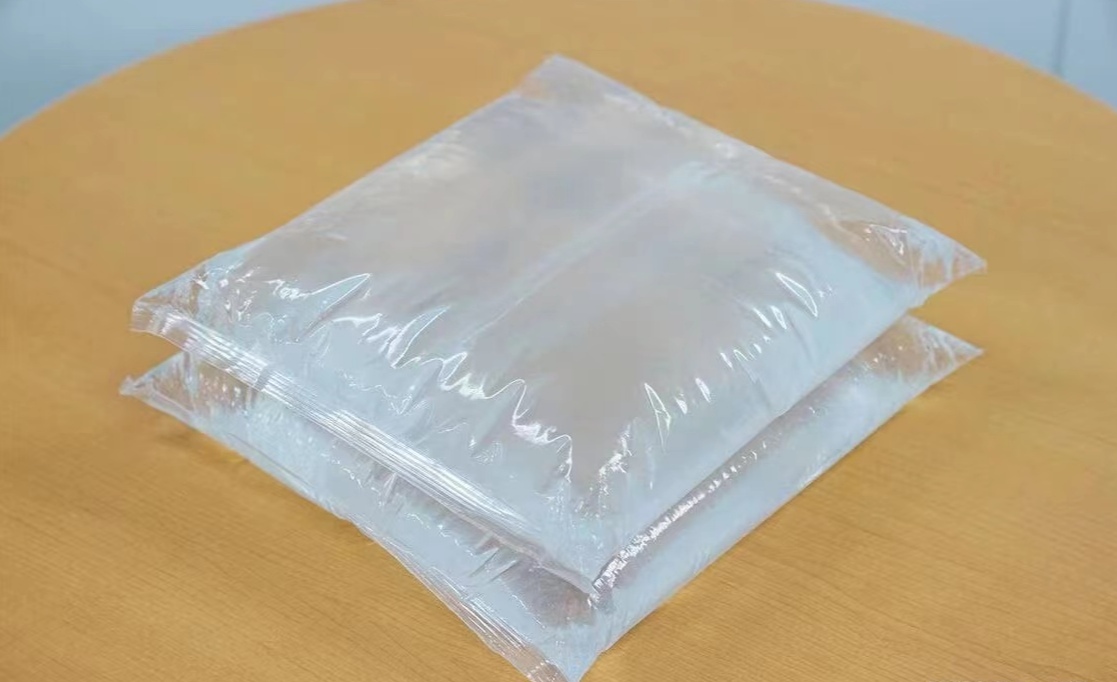

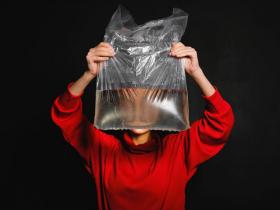
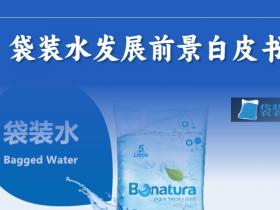
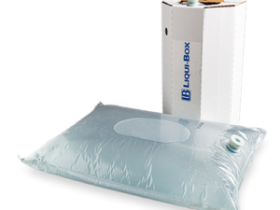
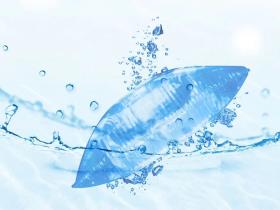
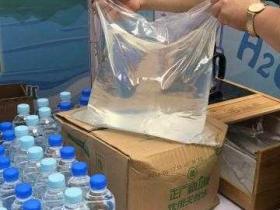
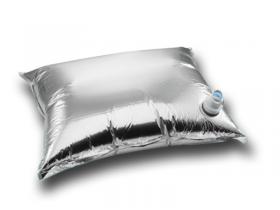
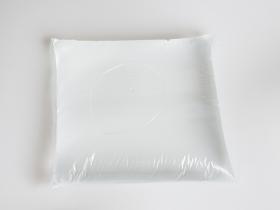

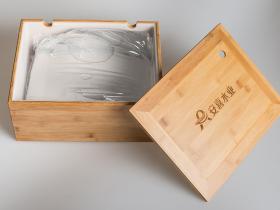
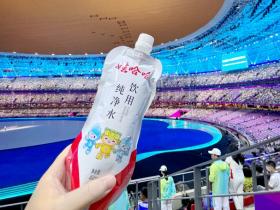
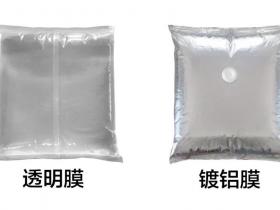

评论